
All about sewage pumps including ejector pumps, sump pumps and grinders.
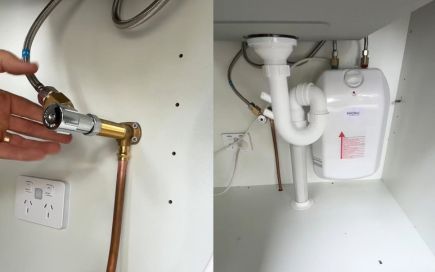
“The homeowner didn’t have a hot water line close by so they decided to go with an under-sink model that plugs straight into a 240 volt powerpoint.”
Pumps
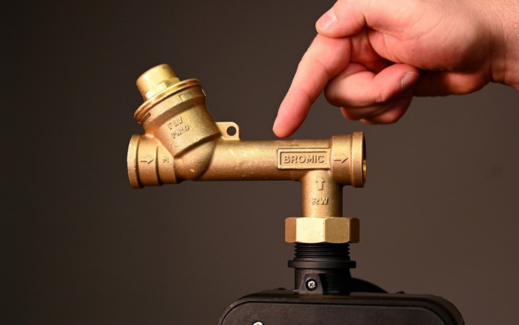
How this nifty valve can help you make the most of your water tank.
Pumps

In this article, we explore ways everyday homeowners can save water and make every drop count with rains-to-mains water harvesting systems
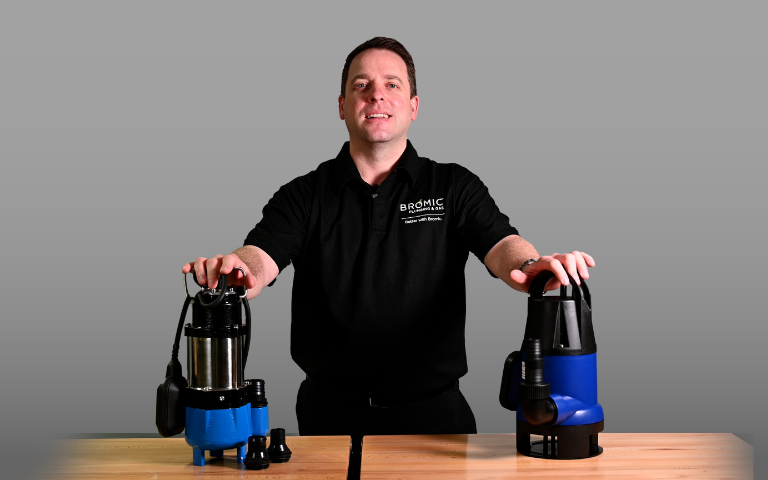
Learn about the key differences between the Bromic Waterboy™ Vortex and the Clean and Dirty Water 400W and 900W Submersible pumps.
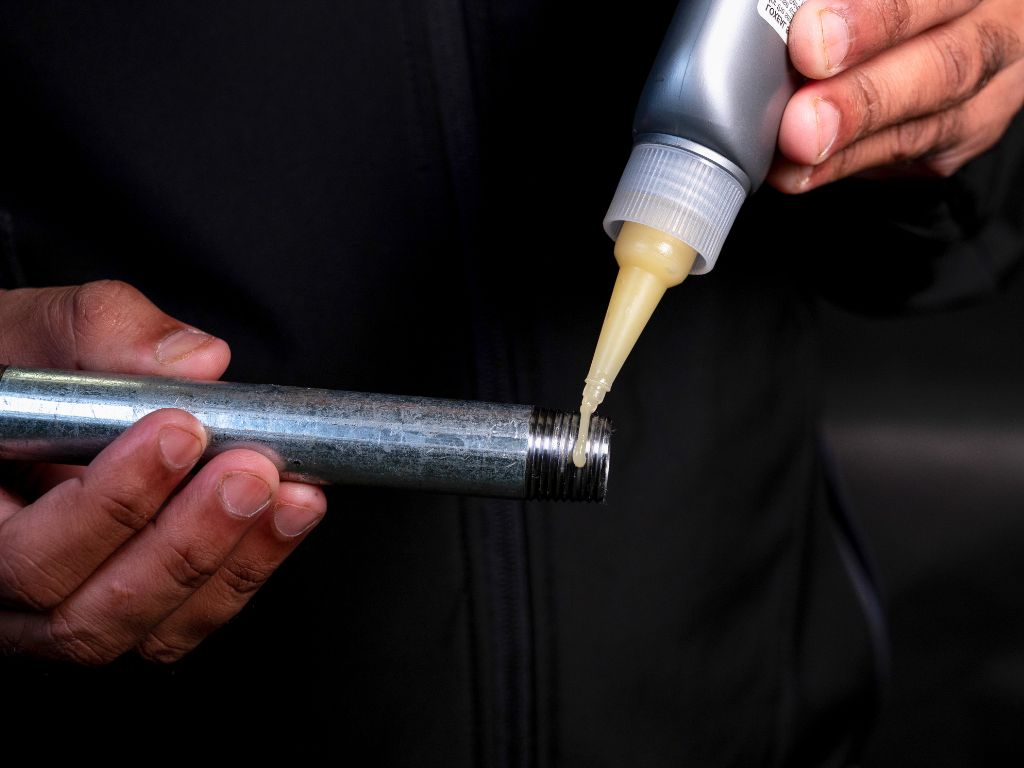
Our top tips for achieving leak-free connections with thread sealants.
Pumps
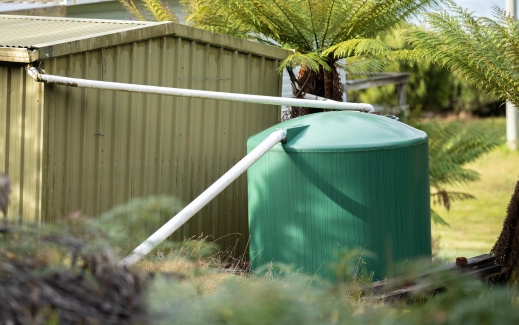
Learn about the benefits of rainwater harvesting, what rainwater can be used for and the requirements for household water uses.